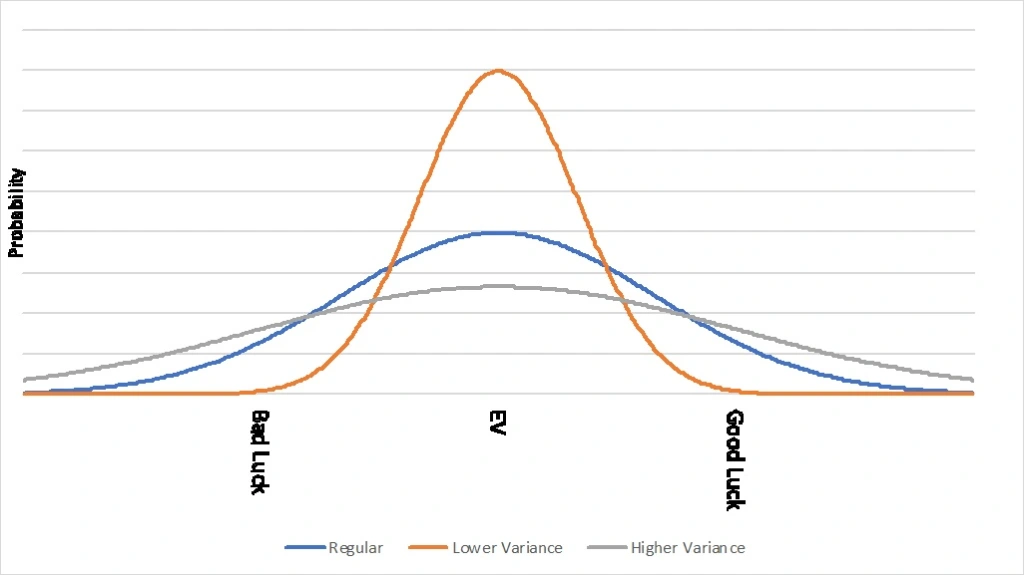Understanding "value" in sports betting can be challenging. While many bettors talk about value, quantifying it isn't always straightforward.
Often, discussions of "value" are anecdotal, based on feelings or opinions about a game. However, a more mathematical approach exists through Expected Value (EV) calculations.
Expected Value is where sports betting meets analytics. By following these four steps, you can make decisions based on probabilities rather than gut feelings:
- Understand the Juice
- Convert Betting Odds into Implied Probabilities
- Evaluate Bets Using an Expected Value Framework
- Place Your Bets
Understanding The Juice
Sportsbooks charge a commission (the "vig" or "juice") for booking bets. To calculate expected value accurately, you need to account for and remove this juice.
Consider a coin flip - a true 50/50 proposition. Without juice, odds should be EVEN (+100), meaning a $10 bet wins $10. The expected value here is 0, as you'd win half and lose half over time.
However, sportsbooks need to profit, so they typically price 50/50 odds at -110. Now a $10 bet only wins $9.09, while losing bets still lose $10. This juice makes an otherwise fair bet become "negative EV" - you'll lose money long-term.
If you found odds of +105 on a true 50/50 event, that would be "positive EV" or "+EV", as your $10 bet would win $10.50 on a 50% probability. These are the opportunities to target.
Converting Betting Odds Into Implied Probabilities
For coin flips, the 50% probability is obvious. But what about other bets? You'll need to convert odds into implied probabilities.
For example:
- Miami Heat +400 = 20% implied probability
- Boston Celtics -400 = 80% implied probability
The PropFinder tool automatically calculates implied probabilities for all available bets, saving you from manual calculations.
Using Models To Find +EV
Once you understand the sportsbook's implied probabilities, you need to determine your own probability estimates. Professional bettors often build models to project scores and outcomes.
Without a tested model, you can still find +EV bets through:
- Analyzing historic hit rates
- Comparing odds across sportsbooks
Analyzing Historic Hit Rates
Look at relevant historical data to estimate probabilities. For example, when evaluating a player points prop, examine:
- Last 5 games performance
- Last 10 games
- Season average
- Previous matchups against the opponent
- Situational splits (home/away, rest days, etc.)
The PropFinder platform aggregates this historical data to help identify valuable opportunities.
Comparing Sportsbook Odds
Another approach is comparing odds across multiple sportsbooks. If most books price a prop at -110 but one offers +100, you may have found +EV.
Placing Your Bets
Remember that +EV betting requires patience. Even with a 60% probability, you'll still lose 40% of the time. The key is maintaining discipline and trusting the process over a large sample size.
One effective strategy is combining +EV betting with promotional offers. When sportsbooks boost odds or offer special promotions, it becomes easier to find +EV opportunities.
Frequently Asked Questions
What is Expected Value (EV)?
Expected Value calculates the average outcome of a bet if it were placed many times at the same odds and true probability.
How do you calculate EV?
EV = (Probability of Winning × Potential Profit) - (Probability of Losing × Stake)
Why is EV important?
Positive EV bets should be profitable over a large sample size, even if individual bets lose.
Where can I find EV calculators?
The PropFinder platform includes EV calculations and identifies potentially valuable betting opportunities.

